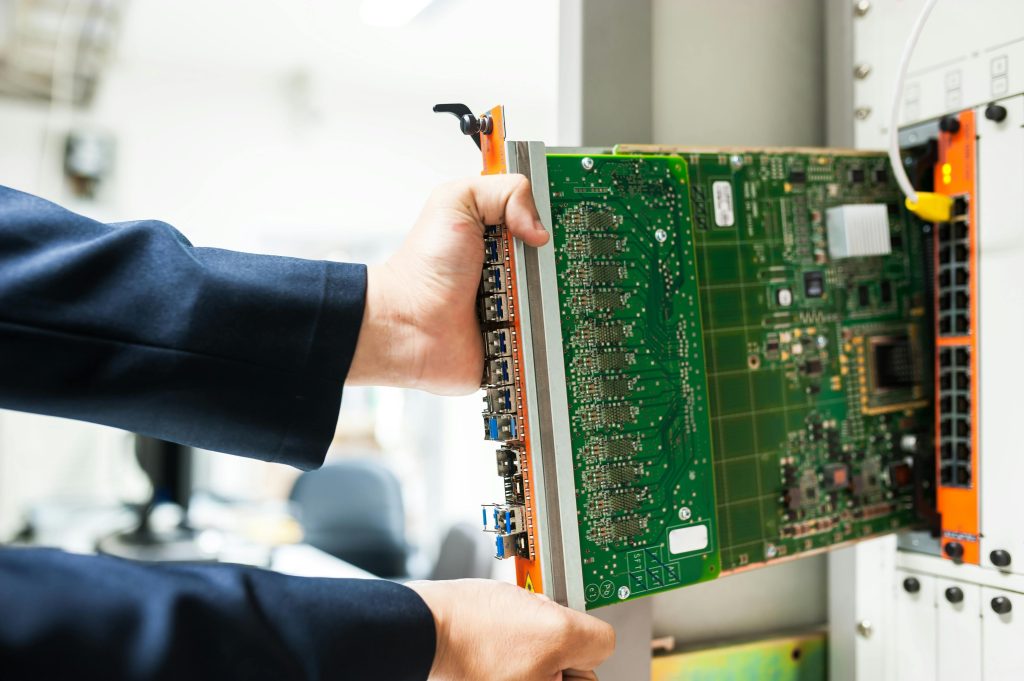Title: Reviving a Found Alienware Laptop: Navigating the GPU Mystery
Sometimes, treasures can be found in the most unexpected places. Recently, while rummaging through the recycling area of my condo, I came across an intriguing Alienware laptop. Despite its worn condition—with a missing bottom panel and no hard drive—I saw potential. With a little creativity, I secured my own hard drive in place and set out to see what this machine could do.
This laptop is equipped with an Intel Core i7-4720HQ processor and 8GB of RAM, which is a respectable setup. Given that I own a gaming desktop paired with an i7-4770 and a GTX 970, I couldn’t help but fantasize about the possibility of this laptop housing a dedicated GPU, perhaps a GTX 960 or 970. Balancing new fatherhood with gaming can be challenging, and if this laptop meets my gaming expectations, I might consider selling my desktop.
After performing a fresh installation of Windows 10, I was disappointed to discover that the laptop was relying solely on integrated graphics. This led me to ponder some key questions: Is it possible that Alienware produced models without a dedicated GPU? Could the GPU be malfunctioning, rendering it inactive? Additionally, the device flashed a message indicating that the battery needed replacement. I wondered if this was a precautionary feature intended to conserve power when using a dedicated graphics card.
While I’m comfortable with hardware, navigating software issues can be quite challenging, so any insights would be appreciated!
Updates and Progress:
As I continued my troubleshooting journey, I found that the laptop was in the midst of a significant update from Microsoft. I planned to install GeForce Experience afterward, hopeful that it would detect the GPU. Additionally, I intended to delve into the BIOS settings for more options.
Upon completion of the updates, Windows acknowledged the presence of a GTX 970M, stating that “this device is working properly.” However, during gameplay, I experienced frame rates in Minecraft that hovered between 20 to 40 FPS, which left me eager to optimize performance.
My next step involved disabling integrated graphics to potentially enhance my gaming experience. Yet, I was apprehensive about whether this action might cause issues with my Windows installation, especially if the GTX 970M turned out to be faulty.
After further investigation, I was relieved to find that I could configure Minecraft to utilize the GTX 970M specifically, resulting in a noticeable framerate boost that
Share this content:



